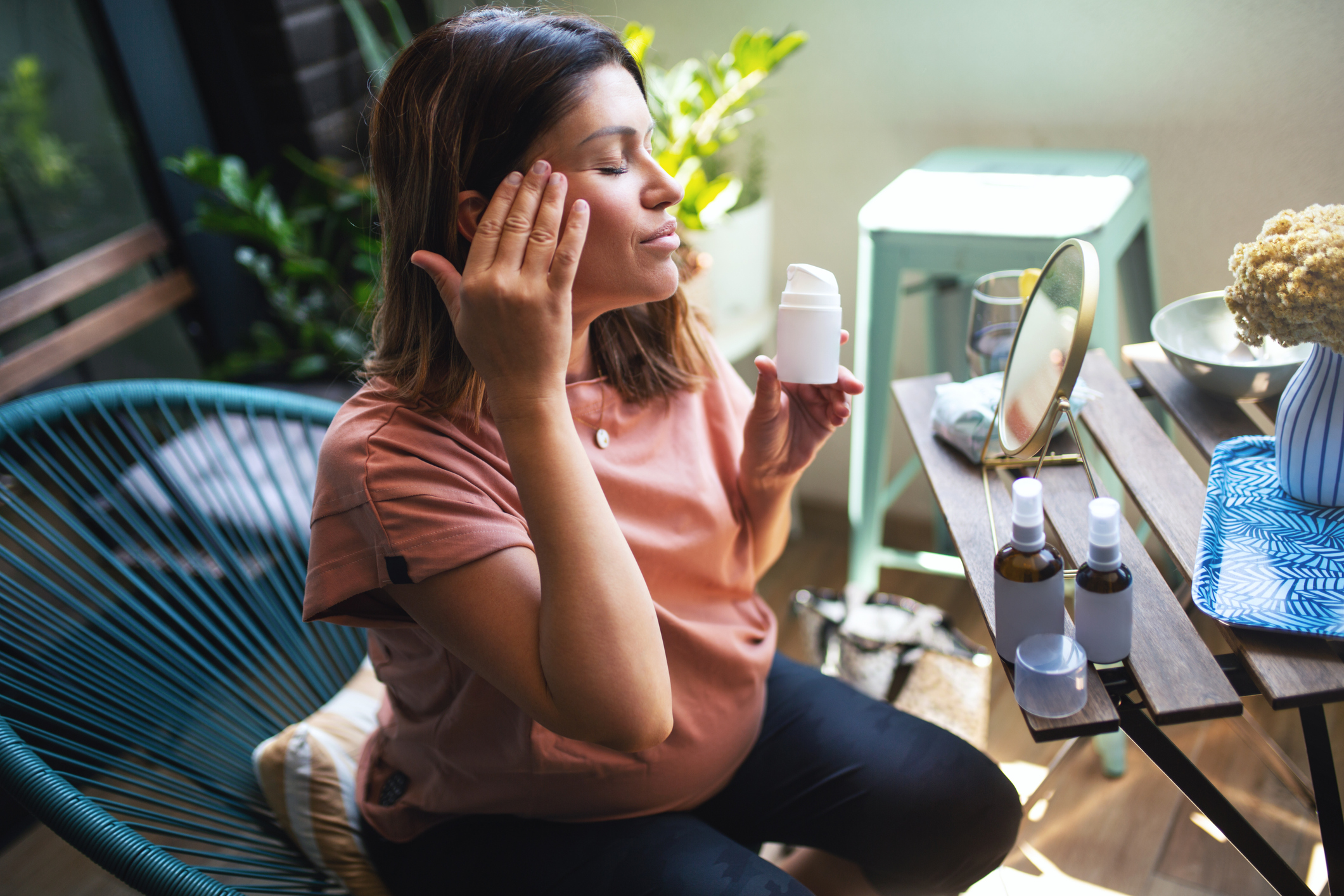Hyperpigmentation: Summer Prevention and Fall Preparedness
September 5, 2024 by VitalSkin Dermatology

Hyperpigmentation prevention and treatment require a year-round commitment, with strategies that evolve as seasons change. From diligent sunscreen use and protective clothing in summer to richer moisturizers and gentle exfoliation in fall, maintaining a consistent skincare routine is key to keeping dark spots at bay. Professional treatments offered by dermatologists, such as topical therapies and advanced laser procedures, provide additional options to tackle stubborn hyperpigmentation.
Tips for Preventing Hyperpigmentation in Summer
Protect your skin from summer’s harsh rays and prevent hyperpigmentation with these expert-approved strategies. From choosing the right sunscreen to incorporating protective clothing, discover simple yet effective ways to maintain an even skin tone all season long.
Use Sunscreen
Sunscreen is your first line of defense against hyperpigmentation. Choose a broad-spectrum sunscreen with SPF 30 or higher to protect your skin from both UVA and UVB rays. Apply it generously to all exposed skin areas, and reapply every two hours, especially if you’re swimming or sweating. Look for sunscreens with ingredients like zinc oxide and titanium dioxide for optimal protection.
Wear Protective Clothes
Clothing acts as a physical barrier against harmful UV radiation. Opt for densely woven fabrics in dark or bright colors, which absorb UV rays more effectively. Consider UPF-rated clothing for enhanced protection. Don’t forget to wear a wide-brimmed hat and UV-protective sunglasses to shield your face, scalp, and eyes.
Stay Hydrated!
Drinking plenty of water has a positive impact on your skin’s health. Aim for at least 8 glasses of water daily to keep your skin hydrated and plump. Proper hydration helps maintain skin elasticity and can contribute to a more radiant complexion.
Avoid Peak Sun Hours
Limit your sun exposure, especially between 10 am and 4 pm when UV rays are strongest. If you must be outside during these hours, seek shade and take extra precautions with sunscreen and protective clothing.
How to Transition Hyperpigmentation Prevention from Summer to Fall
As the weather cools down, you might think it’s time to ease up on your hyperpigmentation prevention routine. However, UV rays can damage your skin even when the sun isn’t as intense. To maintain your skin’s health and prevent hyperpigmentation, you need to adjust your skincare routine for the fall season.
Use a Rich Cream-based Moisturizer
The drop in temperature can lead to drier skin. Switch to a richer, cream-based moisturizer to keep your skin hydrated and protected. This helps maintain your skin’s barrier function, which is crucial in preventing hyperpigmentation.
Exfoliation
Incorporate gentle exfoliation into your routine to remove dead skin cells and promote cell turnover. This helps fade existing hyperpigmentation and prevents new spots from forming. Use a chemical exfoliant once or twice a week, followed by a gentle physical scrub to lift away loosened cells.
Incorporate Retinol to Your Skin Care Routine
Fall is an excellent time to start using retinol. This vitamin A derivative promotes collagen production, improves skin texture, and helps fade hyperpigmentation. Begin with a low concentration and gradually increase usage as your skin adjusts.
Don’t Stop Using Sunscreen
Even in fall, UV rays can cause damage. Continue to apply a broad-spectrum sunscreen with at least SPF 30 daily. Reapply every two hours when outdoors, even on cloudy days. This crucial step protects your skin from further hyperpigmentation and maintains the results of your skincare efforts.
How Do Dermatologists Treat Hyperpigmentation
Dermatologists employ various methods to treat hyperpigmentation effectively. Topical therapies are often the first line of treatment, with hydroquinone being the gold standard. It can be used alone or combined with other agents. Retinoids, azelaic acid, and kojic acid are also effective topical treatments. For more stubborn cases, dermatologists may recommend chemical peels or laser therapy. Q-switched lasers, particularly the 1064 nm Nd:YAG, are considered the gold standard for treating pigmented lesions. These lasers can penetrate the dermis effectively, making them suitable for addressing dermal pigmentation, especially in darker skin tones. Newer technologies like picosecond lasers offer improved clinical outcomes with reduced thermal injury. For specific conditions like melasma, laser toning using low-fluence Q-switched Nd:YAG lasers has shown promising results.
Embracing a holistic approach to skin health, which includes sun protection, hydration, and targeted skincare, can lead to a more even and radiant complexion. Remember, persistence and patience are crucial in managing hyperpigmentation, as results often take time to become visible. To get personalized advice and explore treatment options, schedule your appointment with a dermatologist today!

